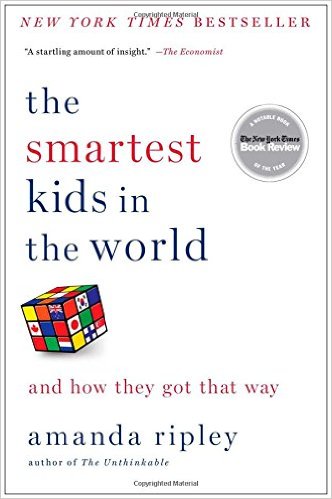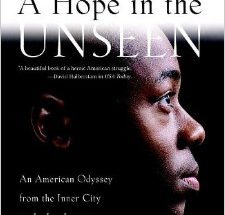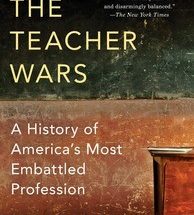 Sarah Garland’s “Divided We Fail: The Story of an African American Community That Ended the Era of School Desegregation” tells the story of how the African-American community in Louisville, Kentucky challenged and defeated the system ofdesegregation in pubic schools, adopted after thelandmarkBrown v. Board of Education decision of 1954. This case, brought in 1998, was the first and only legal challenge to integration brought by African-American citizens that made it to the United States Supreme Court.
Sarah Garland’s “Divided We Fail: The Story of an African American Community That Ended the Era of School Desegregation” tells the story of how the African-American community in Louisville, Kentucky challenged and defeated the system ofdesegregation in pubic schools, adopted after thelandmarkBrown v. Board of Education decision of 1954. This case, brought in 1998, was the first and only legal challenge to integration brought by African-American citizens that made it to the United States Supreme Court.
“Divided We Fail” tells the story of Louisville’s Central High School, which during the 50s and 60s was the center of black pride in the West End area of Louisville. Central was led by African-American educators, had solid academics, a black history curriculum, top sports teams and produced African-American icons such as World Heavyweight Champion Mohammed Ali. However, by 1994 Central High School was in decline. The Louisville system of racial balance for public schools required that African- American enrollment be capped at 42 percent. This led to a sharp decrease in enrollment due to white flight. Hundreds of high-performing African-American students were being turned away from Central simply because of their race. Among this group were Ja’Mekia Stoner and Dionne Hopson, two high school students denied admission who would become the first plaintiffs in the legal challenge to desegregation.
Several African-American leaders, including Riccardo X, Central High School’s black history teacher, and a group called CEASE, which had challenged school busing in the 60s, retained Teddy Gordon, a personal injury attorney, to address Central’s decline. The group successfully brought a Fourteenth Amendment Equal Protection challenge to Central High School’s racial balance scheme in federal court and ultimately defeated the entire system of desegregation in Louisville public schools before the United States Supreme Court.
“Divided We Fail” tells an incredible story. Along the way Garland is able to take readers along a journey through the birth of the black school system, the civil rights movement and the rise of several educational movements including choice, outcomes, No Child Left Behind and charter schools. The chapters on the history of segregation in Louisville get a bit repetitive, as she recounts the similar personal struggles of the members of CEASE. In addition, it would have been interesting to hear directly from Ja’Mekia, Dionne and the other student plaintiffs in recounting their own experiences with the Louisville public school system. This could have been achieved through direct quotes or excerpts from court testimony.
Garland does a good job overall in explaining the legal background in the cases. At some points however, she seems to assume the readers have some legal knowledge. For instance, she doesn’t explain the burden of proof for challenging an education law under the equal protection clause. This is basically the entire premise of the cases and her discussion of it is one sentence. Also, she fails to explain why the federal judge challenged the “standing” of the plaintiffs in the original lawsuit, assuming that lay readers know what standing is and what plaintiffs must prove to establish standing to bring a federal lawsuit. Most importantly for this story, Garland fails to explain why the federal judge ruled that Dionne lacked standing. I assume it was because there was no longer a live controversy as she had graduated from high school and therefore redress was not possible at the time of the suit. Garland also fails to explain why the federal judge ruled it would have been unconstitutional to allow the student plaintiffs to enroll at Central and to receive money damages. I assume it was because even if the court found the students were denied equal protection in adequate schooling they would nonetheless not have a constitutionally protected right to attend the public school of their own choosing, only one that offered adequate schooling.
In “Divided We Fail” Garland not only recounts a fascinating legal battle, but also masterfully weaves-in the history of the black school system, the civil rights movement, the struggle for desegregation, and the rise of several educational movements including choice, outcomes, No Child Left Behind and charter schools, in Louisville and around the country. It’s truly amazing how she was able to fit this long convoluted story, starting in the post-bellum era and ending in the early 2000s, in 200 pages.



